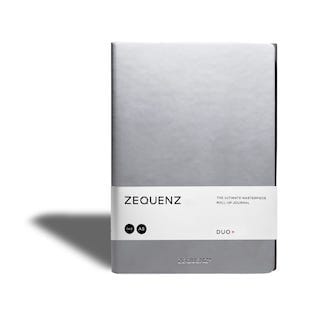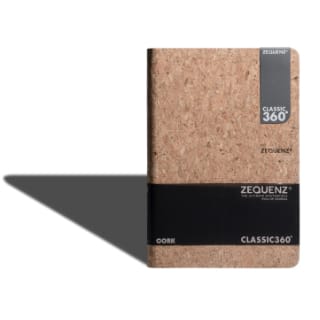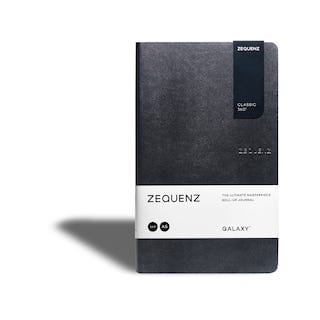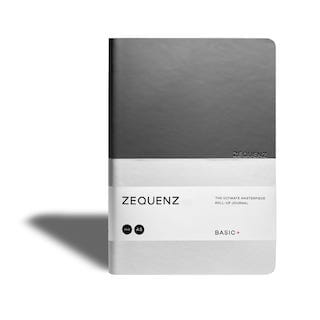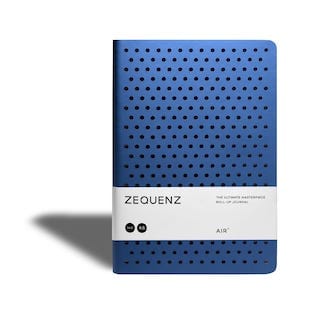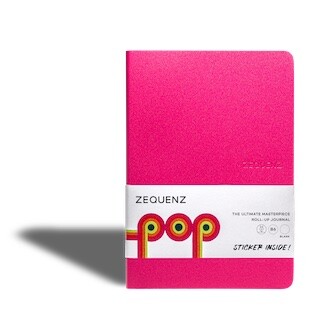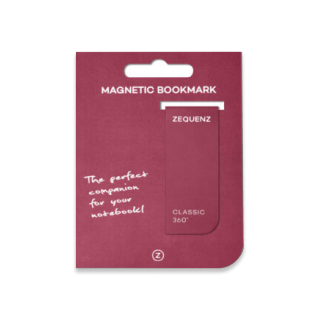How Handwritten Notes and Digital Platforms Create Balance in a Digital World
In today’s fast-paced, technology-driven world, digital platforms dominate almost every aspect of our lives, from communication and work to entertainment and personal organization. Yet, despite this digital revolution, traditional handwritten notes and physical journals continue to hold their ground. In fact, many individuals and professionals find that combining the two—handwritten notes and digital tools—helps them achieve a balance between creativity and productivity. This article explores how handwritten notes and digital platforms can complement each other to create a balanced and effective system for managing tasks, ideas, and personal development.
The Value of Handwritten Notes in a Digital Era
Handwritten notes have been a fundamental method of recording thoughts, ideas, and tasks for centuries. Even with the rise of computers, smartphones, and tablets, many people still prefer the tactile experience of writing by hand. There is a unique connection between the brain and the hand when writing, which often leads to better memory retention and deeper engagement with the content.
-
Improved Memory and Focus: Studies have shown that taking notes by hand helps improve memory and understanding. The slower pace of writing forces the mind to process information more thoroughly, leading to better comprehension and retention. In contrast, typing can become a mechanical action, often leading to more passive engagement with the material.
-
Encouraging Creativity: The physical act of writing often allows for more creativity. When you put pen to paper, the lack of constraints found in digital devices—like autocorrect or formatting limits—frees the mind to explore ideas more fluidly. Blank pages in a notebook offer limitless possibilities, making it easier to brainstorm, sketch, or outline new concepts.
-
Mindfulness and Reflection: Journaling and taking handwritten notes can be a mindful practice. The process of writing can slow down thoughts and help with reflection, making it an excellent tool for planning, goal setting, and personal development. This is why many people still prefer paper planners and notebooks to organize their daily lives and reflect on their progress.
Digital Platforms and Their Efficiency
While handwritten notes offer unique benefits, digital platforms excel in efficiency, organization, and accessibility. Whether it’s through project management apps, note-taking software, or cloud-based storage systems, digital tools have transformed how we work and communicate.
-
Organization and Searchability: One of the main advantages of digital platforms is the ability to organize information and easily search for it later. Unlike handwritten notes, which can be difficult to sift through, digital platforms allow users to categorize, tag, and search for specific keywords or topics instantly.
-
Collaboration and Sharing: Digital platforms also make it easier to collaborate with others. Whether it's sharing a document through Google Drive or working together in a project management tool like Trello or Asana, digital tools facilitate teamwork and real-time communication across distances. This is something handwritten notes can’t provide.
-
Synchronization Across Devices: Another key advantage of digital platforms is the ability to sync data across multiple devices. For professionals who work across different environments—such as home, office, or while traveling—having access to their notes, tasks, or files on a phone, tablet, or computer is incredibly valuable. This eliminates the need to carry around physical notebooks or risk losing important information.
Finding Balance Between Handwriting and Digital Tools
For many, the ideal solution lies in a hybrid approach that combines the best of both worlds: handwritten notes for creativity, focus, and mindfulness, and digital platforms for organization, collaboration, and accessibility. Here are some ways to strike that balance:
-
Use Handwriting for Creative Tasks: When brainstorming ideas, writing journal entries, or outlining complex concepts, rely on handwriting. The tactile nature of writing will allow for deeper engagement with the material and open the door to creative exploration without the distractions of digital devices.
-
Transfer Important Notes to Digital Platforms: After completing a brainstorming session or writing down thoughts by hand, transfer the essential information to a digital platform for organization. Apps like Evernote or OneNote allow you to store and categorize your handwritten notes by typing or scanning them using your smartphone.
-
Digital for Project Management and Collaboration: For collaborative work, deadlines, and tasks that require tracking, rely on digital platforms like Slack, Microsoft Teams, or Monday.com. These platforms are ideal for keeping track of progress, collaborating with team members, and ensuring that no important tasks fall through the cracks.
Expert Opinion on the Intersection of Analog and Digital Tools
Many professionals and experts advocate for this blended approach, believing that analog and digital tools can complement each other to improve overall productivity. One expert in productivity and digital transformation shared their perspective on the importance of balancing these tools:
"Používanie rukou písaných poznámok môže priniesť hĺbku premýšľania a sústredenia, zatiaľ čo digitálne platformy, ako je nine casino 1, nám poskytujú neoceniteľné nástroje na organizovanie a zdieľanie našich myšlienok. Tento hybridný prístup je kľúčom k maximálnej efektivite v našom každodennom živote."
This quote highlights how using a mix of handwriting for deeper engagement and digital tools for efficiency creates a more balanced and effective workflow.
The Future of Hybrid Productivity Tools
As technology continues to evolve, we can expect to see even more tools that bridge the gap between handwriting and digital platforms. Some of these hybrid solutions are already emerging, blending the advantages of both worlds:
-
Smart Notebooks and Pens: Products like Rocketbook and Moleskine Smart Writing Set allow users to write by hand while simultaneously digitizing their notes. These tools provide the tactile experience of writing while offering the organizational benefits of digital storage.
-
Handwriting Recognition Software: Many note-taking apps, such as Notability and GoodNotes, feature handwriting recognition software that converts handwritten notes into searchable text. This allows users to enjoy the benefits of handwriting while still taking advantage of digital searchability.
-
Voice-to-Text Integration: For those who enjoy the flow of speaking aloud rather than typing or writing, voice-to-text integration allows users to dictate notes that are automatically transcribed into text. This feature, available in apps like Google Keep and Otter.ai, makes it easy to capture ideas on the go and organize them digitally.
Conclusion
In an increasingly digital world, finding balance between handwritten notes and digital platforms can lead to greater productivity, creativity, and mindfulness. While digital tools excel in organization and accessibility, handwritten notes offer a level of focus, creativity, and personal engagement that digital devices cannot replicate. By combining the two, individuals can harness the strengths of both approaches to improve their workflow and achieve their goals more effectively. The future of productivity lies in this harmonious blend of tradition and innovation, where analog and digital tools work together to create a seamless and balanced experience.
Your cart


